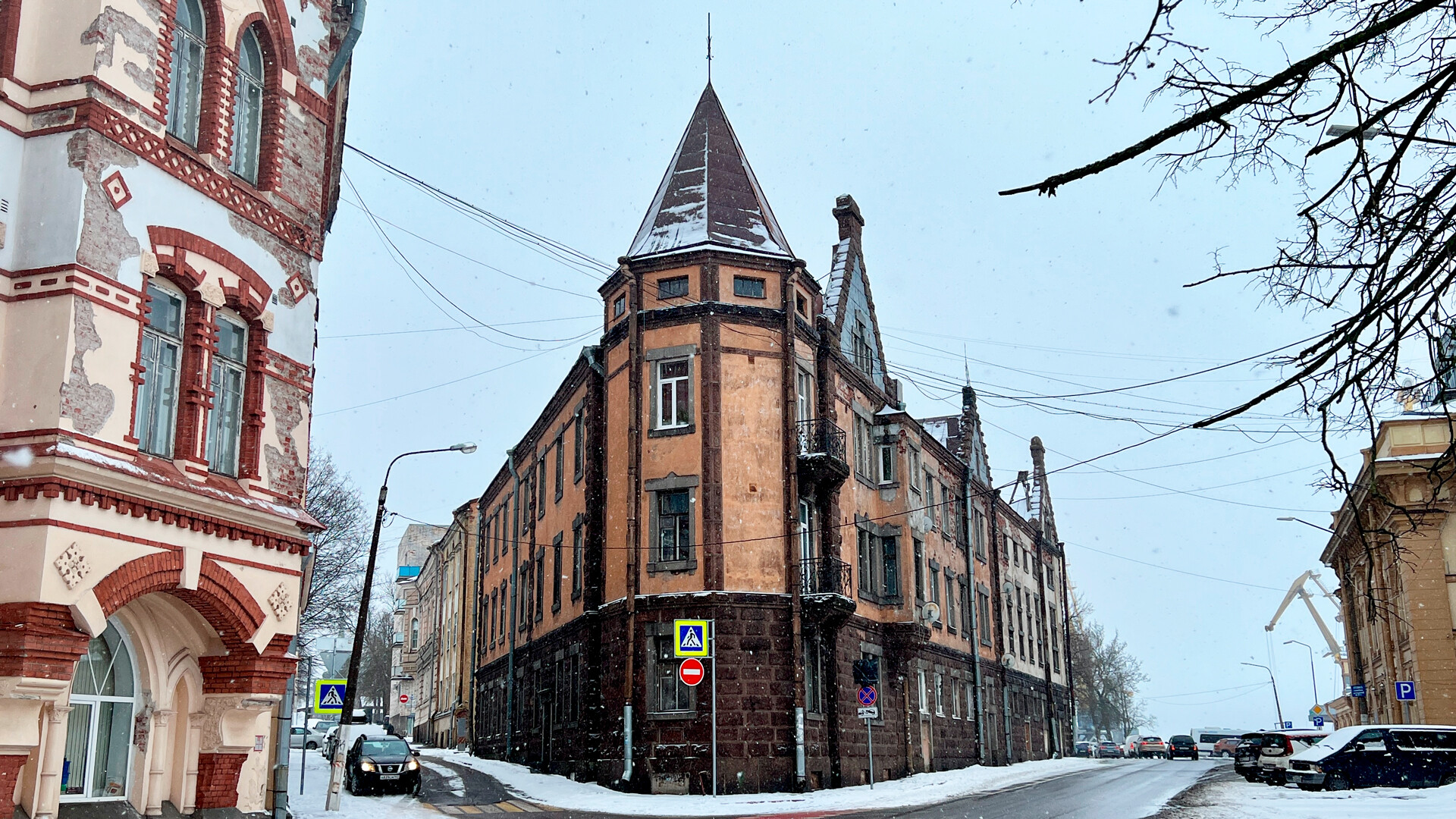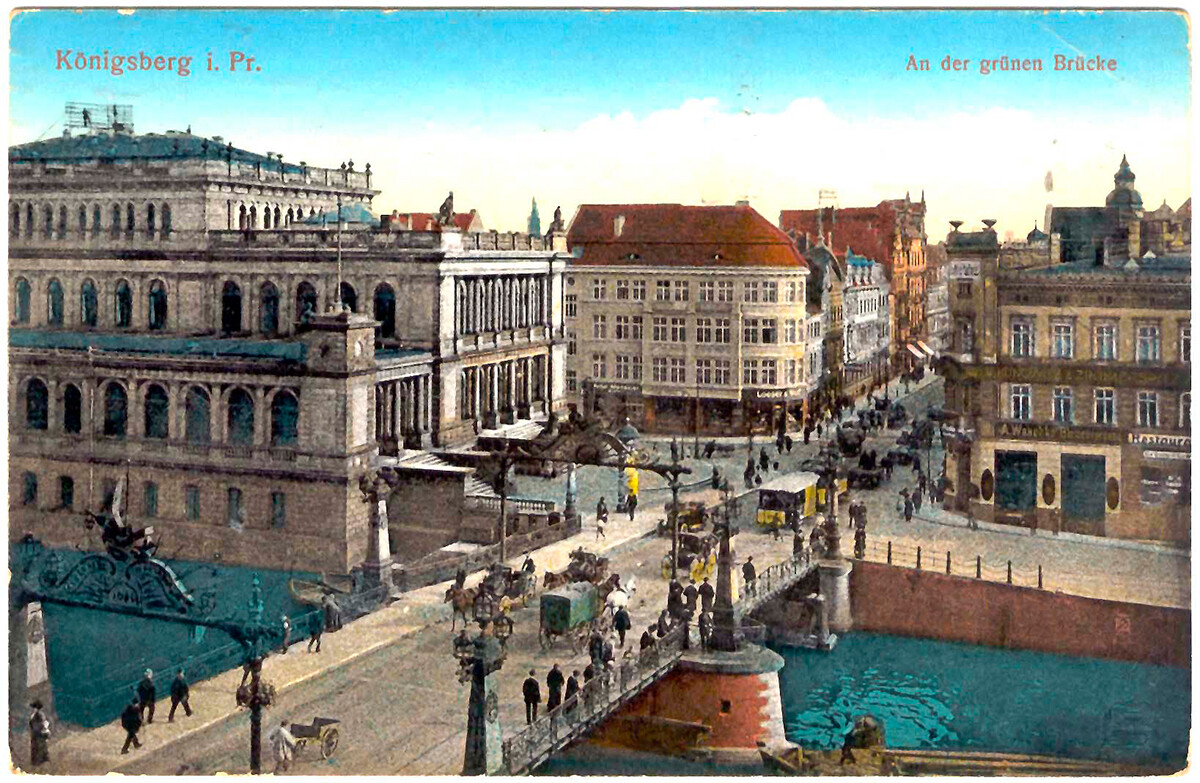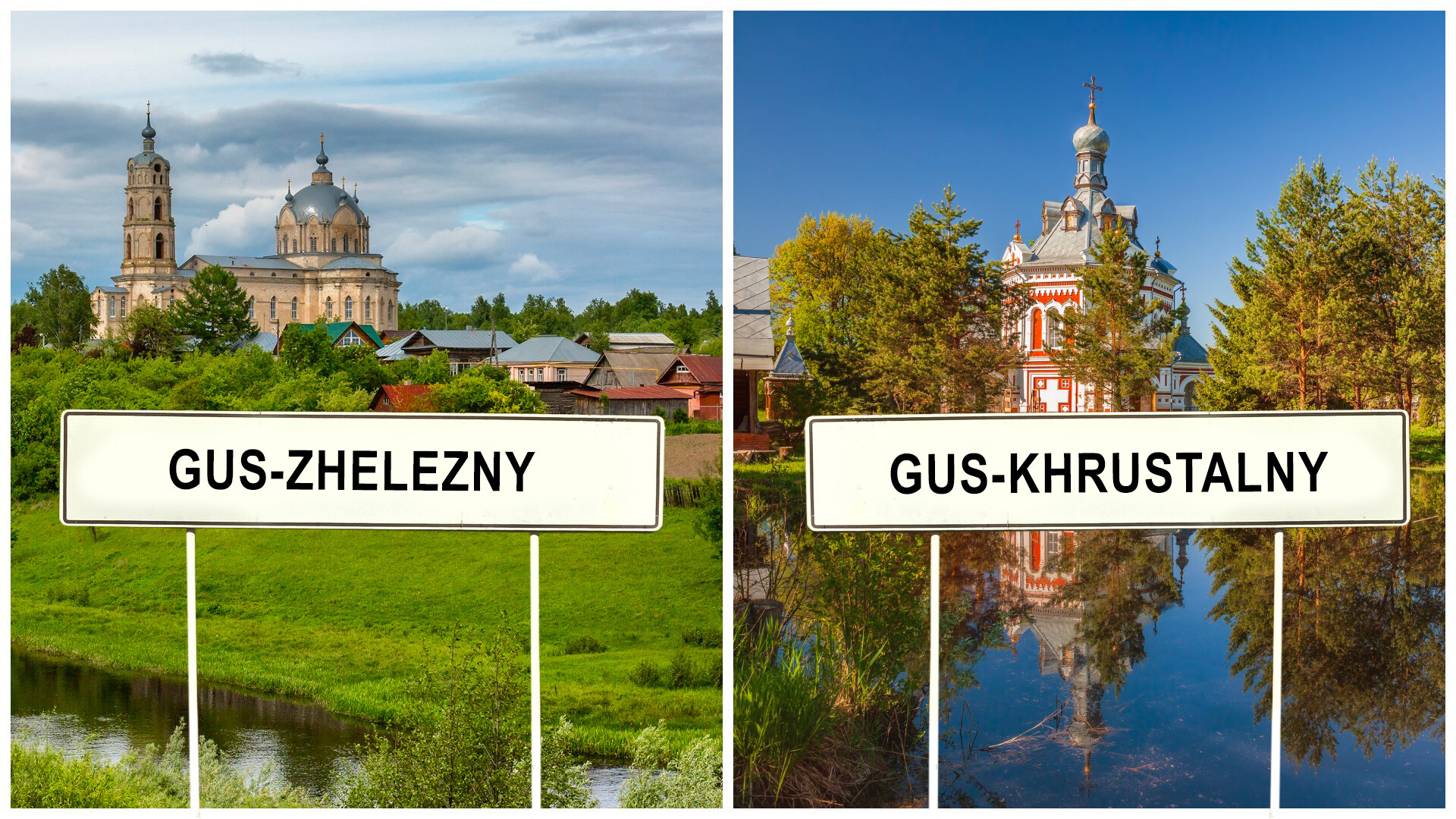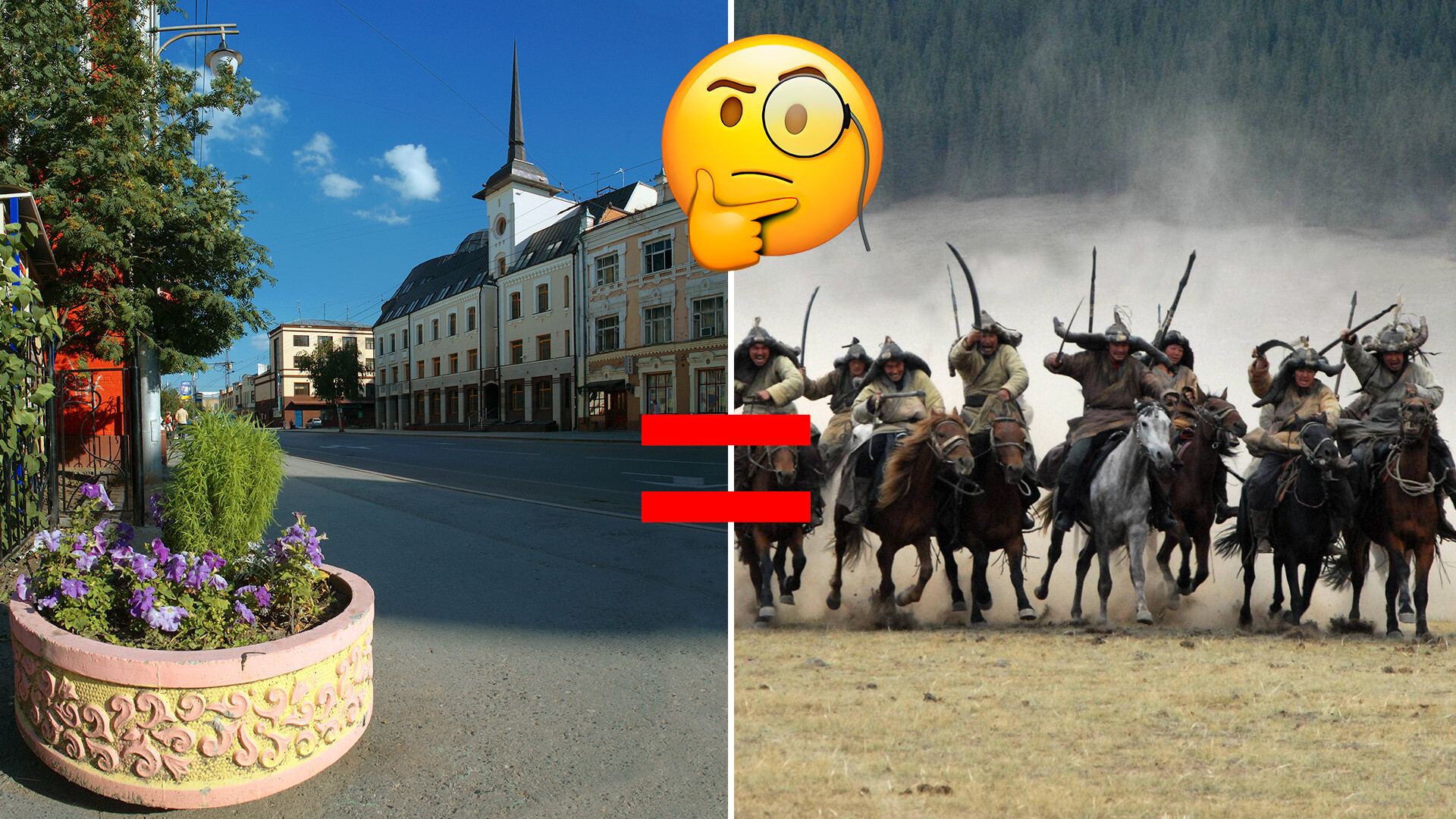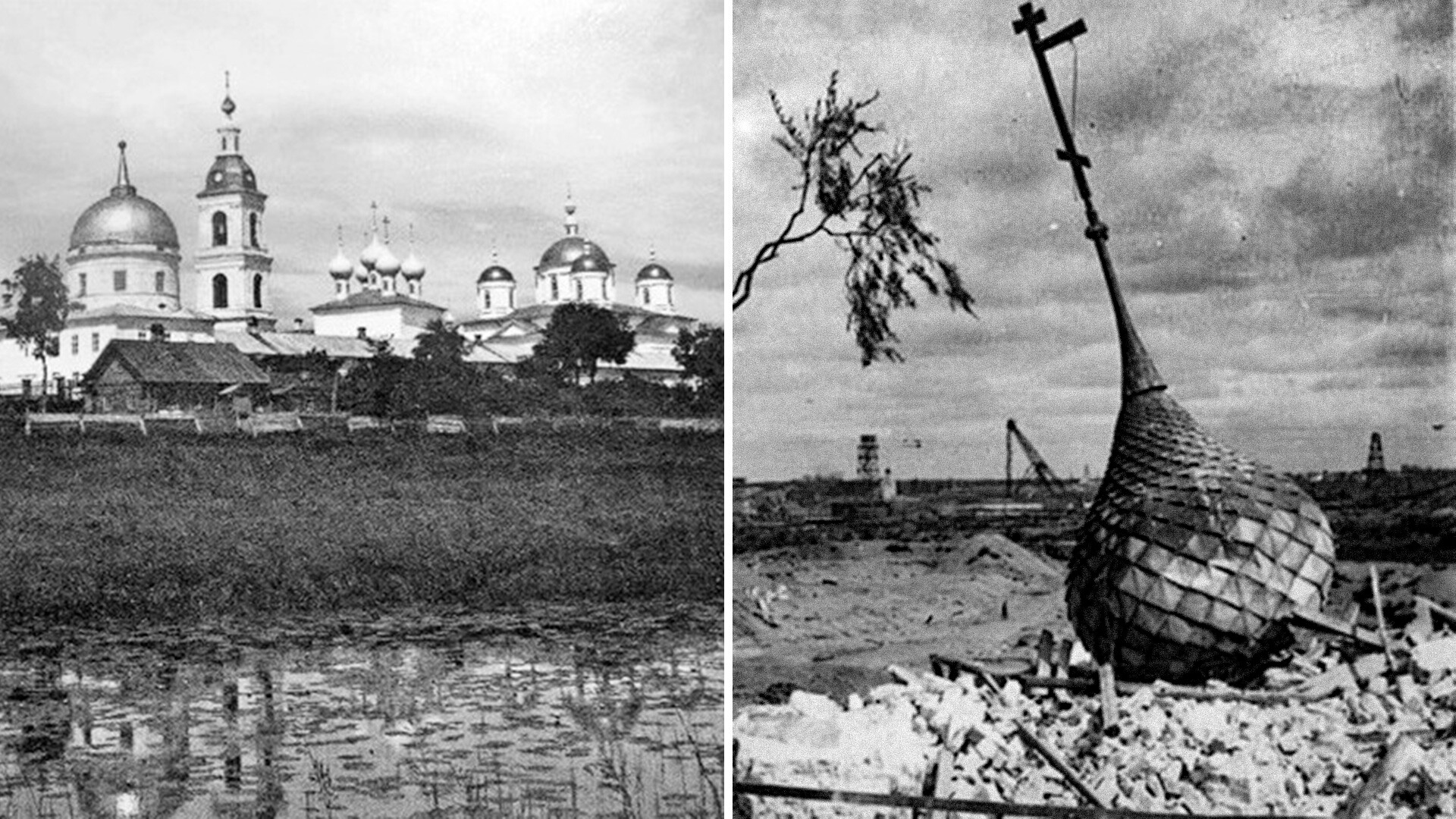
From ‘Vanka’ to a daredevil: The hierarchy of cabbies in Tsarist Russia
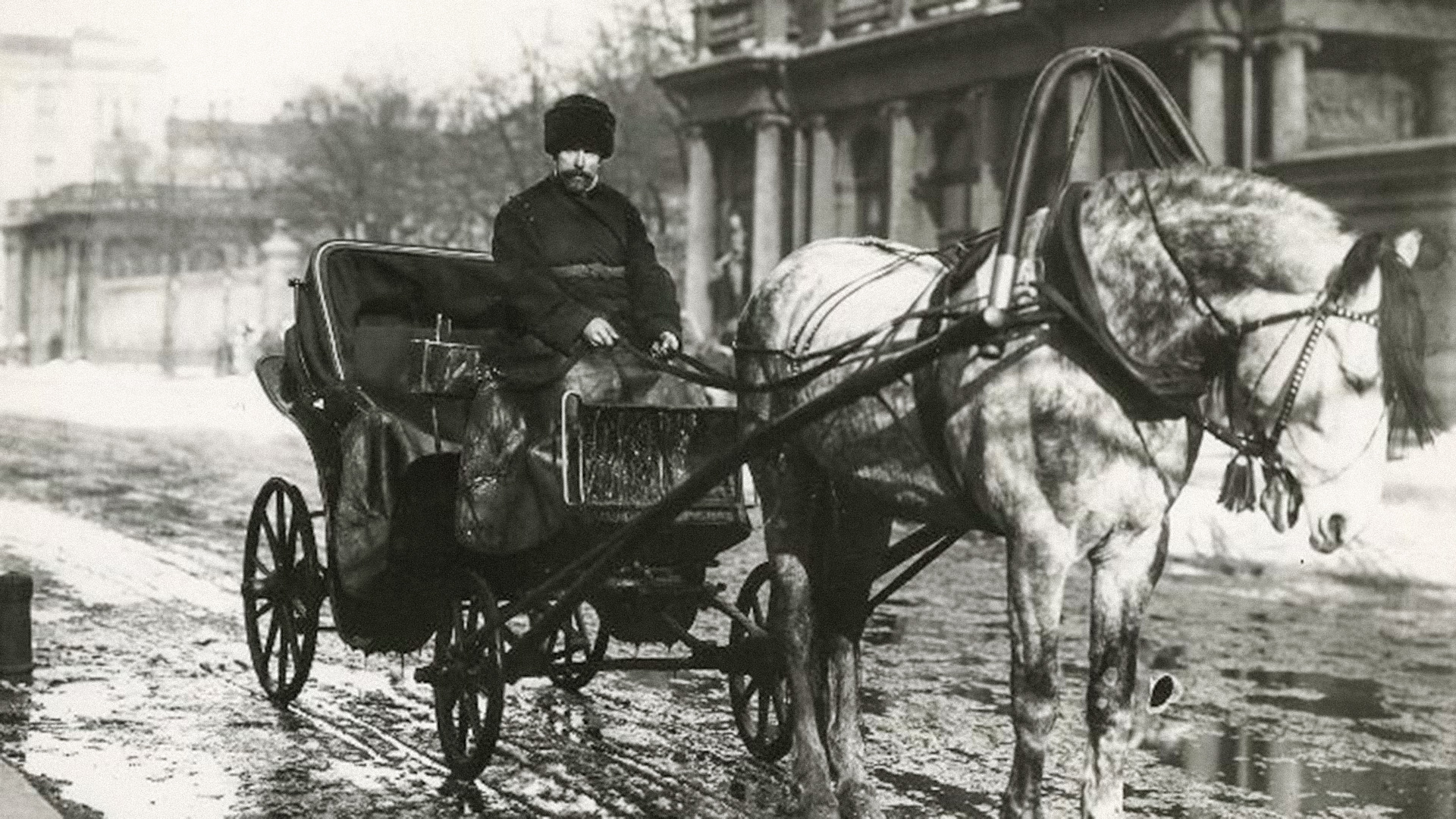
‘Vanka’
Mikhail Zagoskin wrote the following in his book ‘Moscow and Muscovites’: "Why are all the cheap cabbies who appear in Moscow in the winter and disappear in the summer called ‘Vankas’? Is it because the first peasant who decided to leave their village in winter and come to Moscow to work as a cabbie was called Ivan?”
Indeed, ‘vankas’ were considered the cheapest cabbies and most of them were so-called seasonal peasants, that is, they worked in the city in the fall, winter and early spring and, in the warm season, they returned to their native village to sow, mow and reap.
‘Vanka’ was, basically, an ‘economy class’ transport. The carriage was homemade, the harness consisted of ropes in places, the horse was run-down, a village horse, which was more accustomed to plowing and hauling heavy things, than meandering through city streets. By the way, a ‘vanka’ would often not know the streets well, especially at the beginning of their career, for which they often experienced the wrath of the client or was left without payment.
A ‘vanka’ was usually dressed in a simple ‘armyak’ (a caftan made with thick cloth) and a tall, felted ‘grechnevik’ hat. When earning money in the city, such a cabbie saved on everything: He lived in inns on the outskirts, ate whatever he could and stood not at the exchange (the parking places for cabbies, officially allocated by city authorities), but wherever passengers needed picking up – at a tavern, a market, a busy intersection. His clients were most often cooks, housekeepers and clerks. Merchants, officers or doctors risked losing their social status if they allowed themselves to be seen riding in a ‘vanka’. Despite the hard way of life and the many troubles that lay in wait for a novice cabbie in the city, a ‘vanka’ often managed to save 150-200 rubles during a season, from which he paid the master's dues and bought gifts for the family. Cabbing was considered a profitable trade, so, the following year, a ‘vanka’ could afford to take their eldest son with them to help.
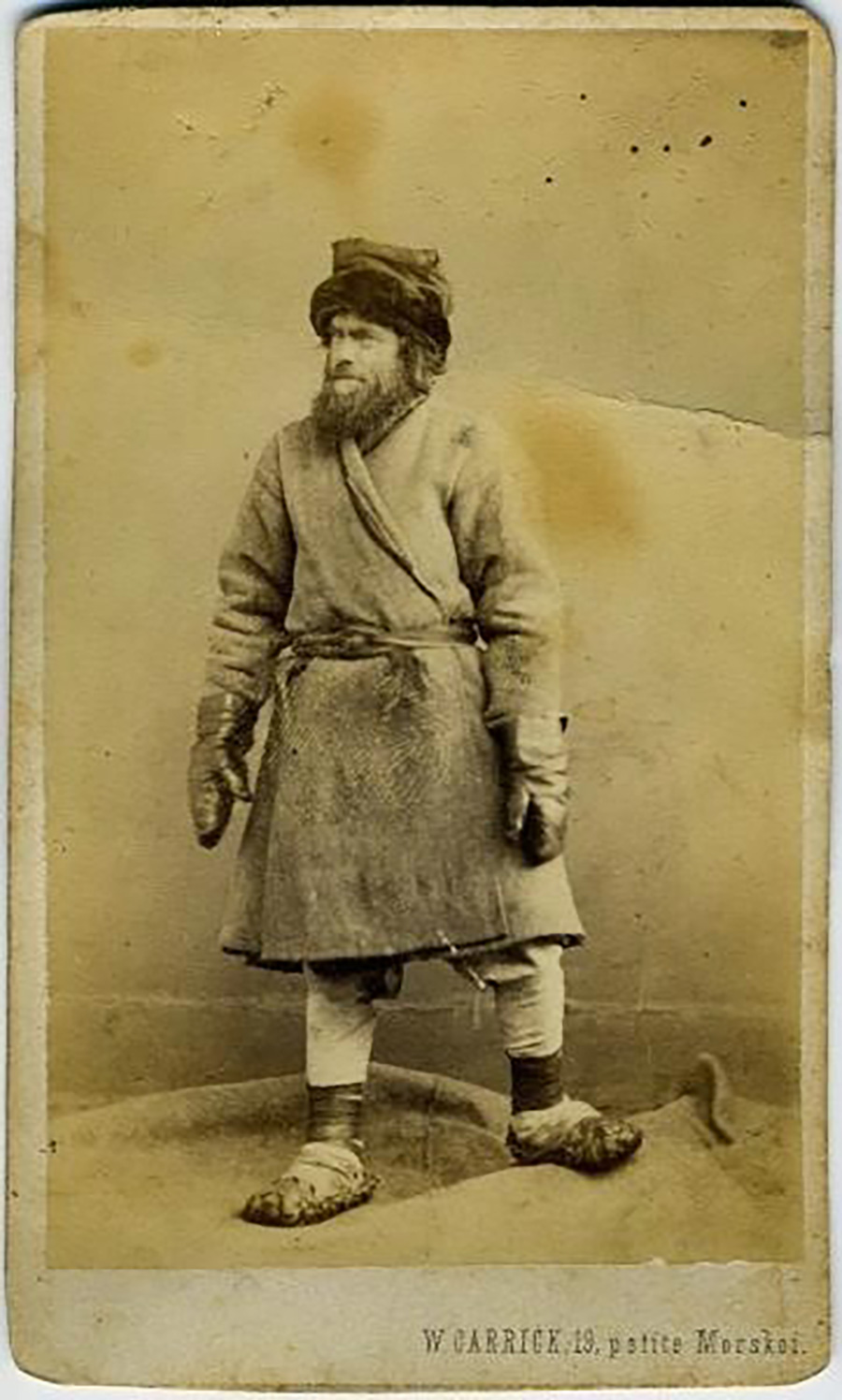
‘Golubchik’ or semi-daredevil
If a ‘vanya was doing well, then, in 3-5 years, they could rise up the hierarchy to a ‘golubchik’ or semi-daredevil. The horses of such cabbies were younger and faster, the harness was better, the sleigh was better in winter (with a bearskin inside) and the carriage was newer in summer.
A ‘golubchik’ had their own place on the stock exchange and a permanent manager for the horse. Their appearance also changed for the better. They were often dressed in a coachman's coat, belted with a sash and a velvet hat. A ‘golubchik’ drove the urban middle class around and didn’t tire much at work anymore. These cabbies spent a lot of time in taverns, expanding their circle of acquaintances there, in order to move to the position of ‘daredevil’.
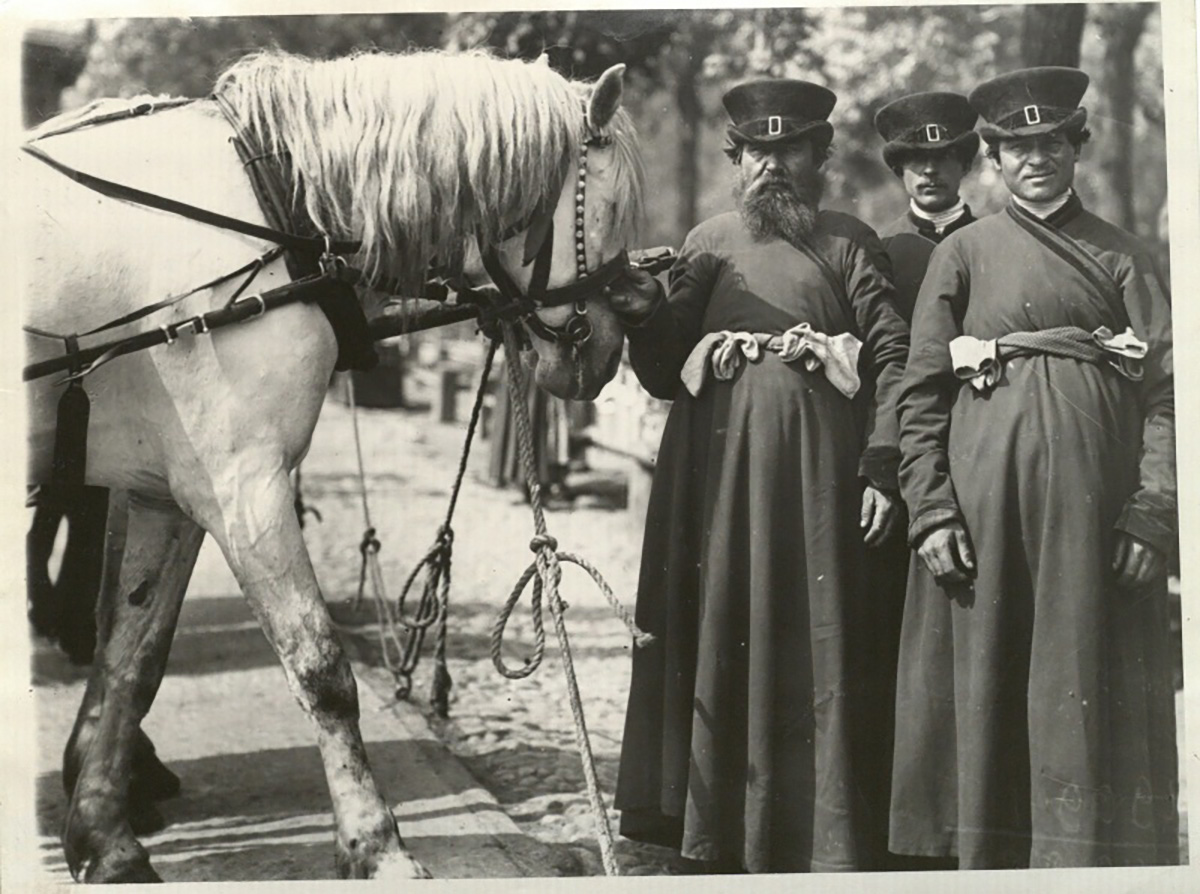
‘Daredevil’
In modern language, this would be equivalent to a business class taxi. Firstly, ‘daredevil’ horses were the most expensive, well-groomed, with beautiful harnesses. Secondly, they also had an elegant carriage in the latest fashion. Thirdly, the ‘daredevil’ himself was dressed like a dandy: a velvet undershirt, wide trousers, a beaver hat and polished boots.
And the main difference between them and the other cabbie “classes” is that a ‘daredevil’ worked on call. In her article ‘The Professional Image of Cabbies in Russia in the 19th – Early 20th Century’, Diana Loginova notes that “the clients of ‘daredevil’ cabbies were mostly wealthy people who sometimes hired them for a certain period of time at a specified time of day and place (near the best hotels, taverns, etc.), along with frivolous young women (prostitutes). They were the ones who made up the ‘daredevil’ cabbie’s main income, since they paid for themselves and often for a second passenger. Thus, the client base of a ‘daredevil’ was extensive: knowing many, they could patronize and act as an intermediary and, sometimes, even become a usurer and profiteer.”
This way of working gave a ‘daredevil’ a considerable profit plus tips or, as it was also called, “for vodka”!






